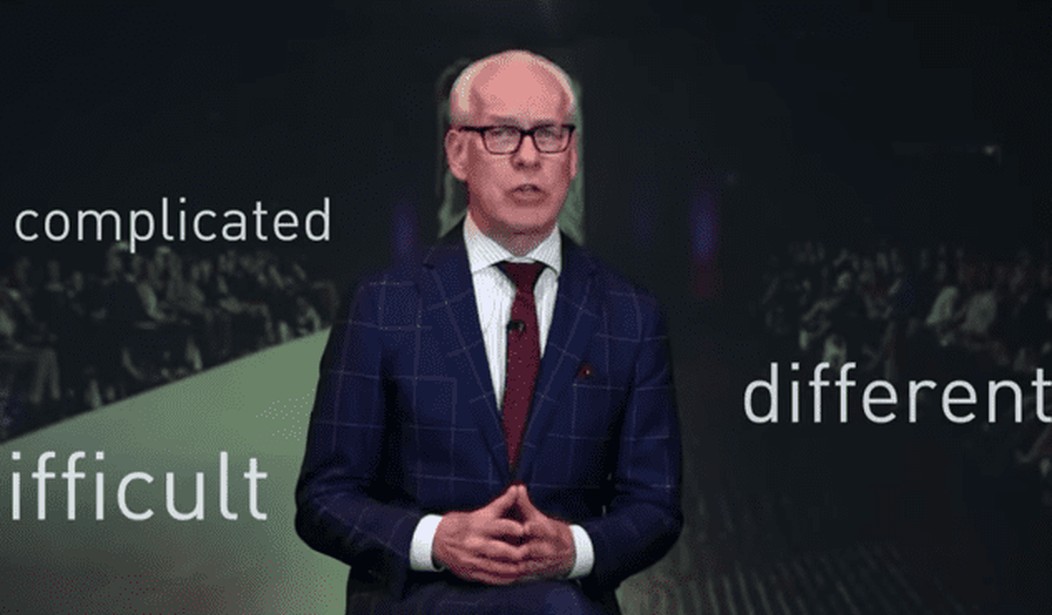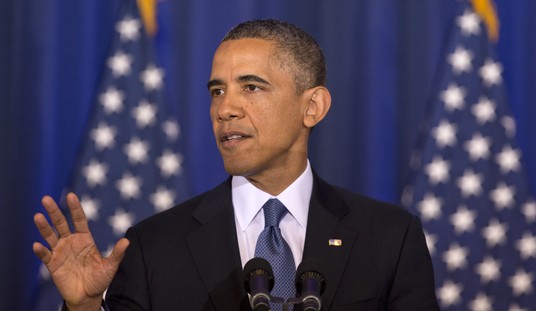
Image via YouTube
In a recent segment of PBS NewsHour, fashion guru Tim Gunn unraveled a portion of the design world that becomes a touchy subject: plus-sized fashion. His plea to fashion designers everywhere, in true Tim Gunn form, was to “make it work.” He quotes a statistic that 80 million American women are a size 16 and above and that countless designers simply don’t want to design for larger women, for a myriad of reasons. Mr. Gunn also attempts to entreat retailers country-wide, appealing to their businesses with the basic economic law of supply and demand.
If you’ve ever watched an episode of Project Runway produced and hosted by Gunn, you’ve no doubt heard the contestants and their mentors discuss “the woman” they are designing for. “Who is she? Where is she going? What is she feeling?” they will ask, searching for inspiration for each particular challenge, fabricating a muse to dress. It seems to be an industry standard, to design for this hypothetical woman who knows who she is, where she is going, and what she is feeling.
So what happens when Tim Gunn asks designers about the lack of fashion-forward designs for the full figured woman? According to him, the generalized response is, “I’m not interested in her.” Quoting from the essay, “they say the plus-size woman is complicated, different and difficult, and that no two size 16s are alike.”
Well. Isn’t that the truth?
The plus-sized woman is complicated. She’s complicated, not because her proportions and curves are hard to tailor. She’s complicated because being overweight isn’t simple. Let me reinforce that idea again: being overweight is not simple. Those who don’t understand obesity may try and trivialize it and say it’s simple. They equate high BMIs with laziness, poor health, or ignorance—which may be the case for some. But more often than not, this disease of obesity is not a symptom of any of those harmful and damaging labels. Obesity has become a deadly side-effect of the complicated lives of 80 million American women from all walks of life.
Nutrition and health habits start the moment we are born. Parents, for a variety of medical and personal reasons, choose to breastfeed or formula feed their infants. Parents and caregivers decide when to introduce solids, choosing infant cereals, jarred fruit and vegetable purees, or making their own fresh purees. Some choose baby-led weaning. Some provide bottles, some go straight to cups. Water, milk, juice. Organic, non-GMO, store brand, name brand, homegrown, what happens to be on sale. Gluten-free, vegan, kosher, vegetarian, allergy-conscious, paleo. There are a myriad of nutritional paths an individual child can be directed down, but one simple fact remains constant: eating is a vital part of life, and no two diets are the same.
Imagine a teenage girl who grew up in a family below the poverty line, where a package of hotdogs was simply cheaper than a package of boneless, skinless chicken breasts. She became conditioned and used to high-sodium, high fat foods by no fault of her own. She learned nutrition in school and wanted to eat healthier and exercise more, but her family circumstances prevented that. By the time she graduated from high school, she already had a BMI of 35. She knew she wanted to further her education, but had to work and pay her own way through college. The dreaded “freshman 15” hit her while she was taking a full course load and working 20 hours a week on campus. She graduated with her bachelor’s degree and a BMI of 38. She goes shopping for outfits to wear to her first job interviews, but finds nothing remotely flattering, and wonders if she is too far gone to ever be a healthy weight.

Image Credit Shutterstock
While imagining that girl in those circumstances, you no doubt found plenty of opportunities for her to change her lifestyle and health habits. She could have, too. But in the thick of it, difficulties and stumbling blocks arise so that when she is standing in that department store dressing room, judging herself, she is feeling defeated and hopeless. The response Tim Gunn’s associates provided in regards to the plus-sized woman being complicated, different, and difficult is absolutely true. No two size 16s are the same.
Picture a completely different woman now. This woman was raised in a fairly affluent home. Her mother was a gardener and participated in their local community-supported agriculture. Fresh, local produce was a staple at their house. This woman had been a state diving champion at the high school level and attended a prestigious university on an athletic scholarship. But now, at age 42 and 280 pounds, being fit and physically active is a distant memory. Her junior year in college, she was sexually assaulted. Her anxiety and depression overwhelmed her and she found comfort in food. As she gained weight she developed a mindset that if she were physically unattractive to men, she was less likely to be assaulted and traumatized again. She goes to the gym and is familiar with the equipment, but feels so out of place among the people she sees there. She longs for her former athletic body, but is terrified of the emotional scars buried under decades of weight gain. She hates shopping for clothing because every item that doesn’t fit reminds her of how great she used to feel and look. She is in desperate need of a wardrobe that could help her regain her security while she regains her health.
Complicated. Difficult. Different. Those are the labels designers designate to the average-sized American woman. And while those adjectives connote frustration in the world of fashion design, they also help define the fact that the average woman is anything but. Yes, obesity is an epidemic in our country. This is simple and straightforward. But as Tim Gunn and many fashion designers have pointed out, the plus-sized women affected by obesity are not simple. They are complicated. They are difficult. Designing for and dressing them doesn’t have to be. In fact, it could change their lives and well-being all together.









Join the conversation as a VIP Member